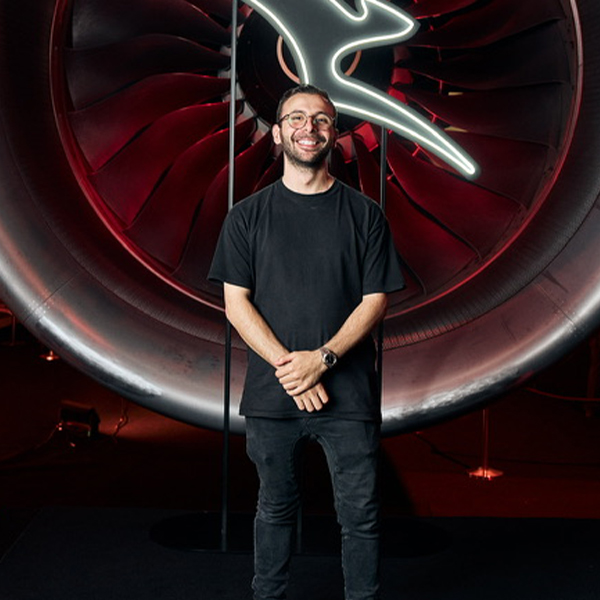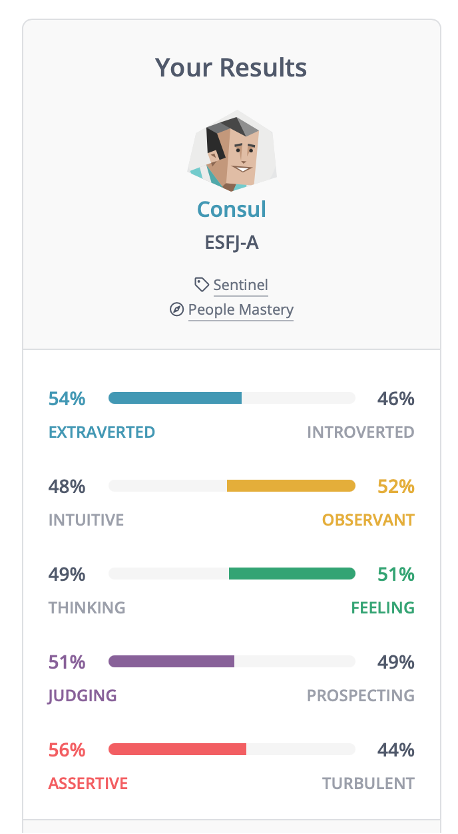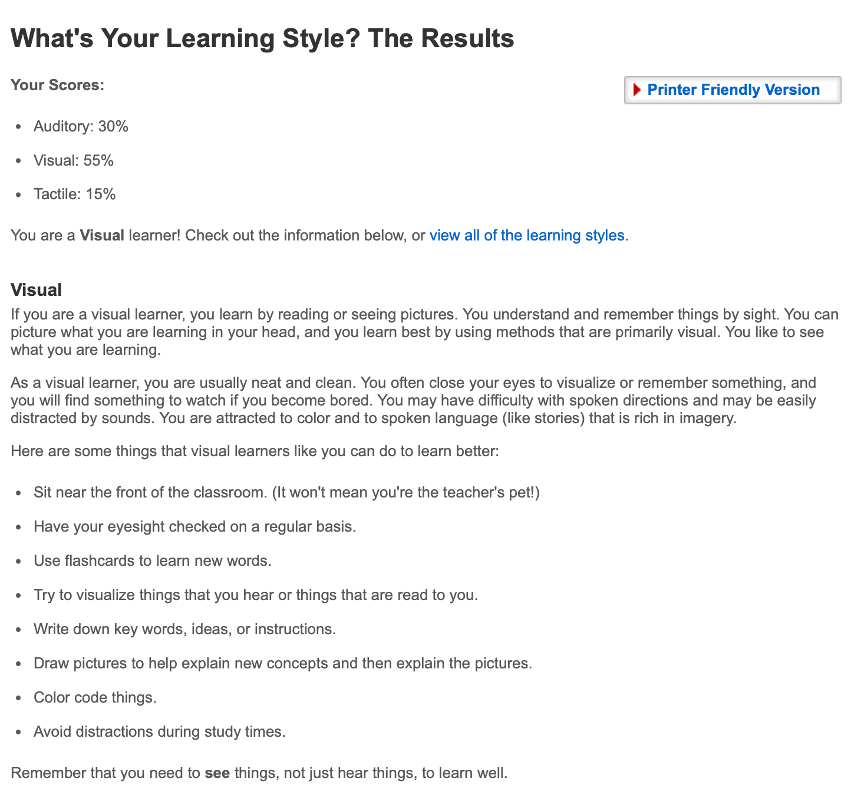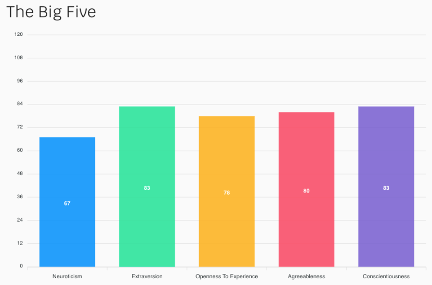Personal Information

Hey! I’m Nicholas, but all my mates call me Nick. I am a student currently studying through Open Universities Australia at RMIT. Surprisingly this is my final subject of my bachelor studies, although it is an entry level subject (I missed it when I transferred from another university).
Over the past 6 and a bit years I have been studying a Bachelor of Information Technology part time through OUA whilst I grow and run my media production company. My business specialises in photography and captures a large ranges of different events.
When I’m not working or studying, you can find me relaxing, soaking up some sun somewhere and hanging out with my mates. My parents are both first generation Australian, and their parents came to Australia for a better life from Italy some 70 years ago!
- Birthday: 12 Oct 1996
- City: Sydney, Australia
- Age: 26
- Degree: Information Technology
Interest In IT
My interest in IT sparked during my time in year 9 at school. I was super interested by the process of creating, operating and maintaining websites. I began tinkering and building my own ‘server’ at home on my laptop and started experimenting and researching about HTML and CSS. I made use of some free tools available online such as free domain registrars which fuelled my curiosity into networking.
When it came to choosing where to pursue my studies, I opted to move to Open Universities and RMIT due to its flexibility with my work schedule. I initially attended a traditional on campus university in Sydney which required physical attendance as a requirement of passing the course which often clashed with jobs with my company.
As I am towards the end of my studies, I have definitely learnt and expanded my knowledge on IT throughout this course. Studying this course has provided me with the opportunity to delve into areas that would otherwise be more difficult for me to learn on my own, such as iOS App Development. I have previously attempted to create my own app through a series of YouTube videos with little success. After completing the iOS App Dev unit through RMIT, I was successfully able to create a fully functional app complete with API calls within only 12 weeks.
Ideal Job
My ideal job in IT would have to be a IT Coordinator role at the Seven Network. Working in a high pressure environment such as Seven is very appealing to me as I enjoy working under pressure. I would also imagine that the Seven network also has a lot of different departments that I would be interacting with making no two days the same – something that is essential for me.
The role would require me to have a degree of involvement with coordinating and managing all areas of IT within the businesses as well as ensuring that the company and staff are compliant with all IT policies and processes. I would also be required to assist with technical support within the company also.
This role requires experience in a similar IT role as well as finance experience and experience dealing with enterprise systems and applications. I currently do not have any of the required skills for this role except for exceptional attention to detail. As I do not have experience or the skills required, I would plan to find another entry level job within the Seven network, show my hard work, knowledge and dedication and then apply to transfer to the IT Coordinator role in the future.
A link to the IT Coordinator job can be found here.
Personal Profile
Below are my test results...



What do the results of these tests mean for you?
The test results are able to provide me with feedback about my personal character and learning style preferences, eg, the Learning Style test shows that I am a visual learner and the Myers-Briggs show that I am an indifferent person.
How do you think these results may influence your behaviour in a team?
The results can influence my behaviour in a team in a number of ways. If I had seen my peers results and they were dramatically different to mine, I would put in more effort to match their contributions to our group work. I would imagine that if I was grouped with peers who had dramatically different results than mine that we may clash / have opposite ideas.
How should you take this into account when forming a team?
In an ideal world where we saw everyone’s results prior to forming a team, if I found a group who as a whole had similar results to mine, in theory we would be able to work more efficiently when completing group work as we have similar learning traits.
Contact
Overview
The project is a home automation app that allows users to combine connected smart home hardware from a range of different manufacturers and allows the users to control all pieces of hardware from a single application. The system uses a Raspberry Pi as a hub on the local area network to communicate with the other smart home devices connected to the network and to send and receive commands to / from them and get their device status update and statistics.
Motivation
The motivation behind this project is influenced by all smart devices nowadays having their own proprietary app that you need to use to control them. It becomes increasingly frustrating when you want to control a device and need to fumble around on your phone to find the right app to control it. There are already expensive enterprise solutions out there, such as Crestron, or geek solutions such as Home Assistant, that solve this problem, but nothing that is super user friendly and easy to setup. There are currently an estimated 300 million smart homes worldwide with approximately 60% of Americans having some sort of smart device in their home. With the growing number of users adopting smart devices, I’m sure that I am not the only one that is frustrated with the number of apps required to use different devices.
Description
The user will need to setup the Raspberry Pi hub themselves in their home, connecting it to power and ethernet so that it can access the local network. The pi will be pre-installed with the MyHome software. They will then need to download the ‘MyHome’ App from their respective app store. When they initially load the app, it will automatically connect to and find the Raspberry Pi on the network.
Once the Pi hardware is setup and the initial configuration of the app is done on the users smartphone, they are able to easily connect devices to the hub. The user will simply press ‘Add Device’ and then display a list of devices that the Pi is able to discover on the local network. The Pi will automatically recognise what type of device it is and then add the respective controls for that device to the dashboard. For example, if you add a Samsung TV to the Pi, it will then add the TV remote controls to the dashboard. Once the user has found and added the device, the app will ask the user where in the home the device is located. Back to our example, we will say that the TV is located in the Lounge room.
After the user has added all the smart devices in their home to the hub, a customisable dashboard is then loaded based on what devices are in each room. For example, the Lounge room would have the Samsung TV, the light switches and air conditioning controls on a single page.
The users are then able to record actions and set them to a automation. For example, a user can go into the app, press record actions and then Turn on the TV, Load Netflix on the TV, Dim the lighting down and Turn the air conditioning on to 23 degrees – they can then save this as “Movie Night” for example and each time they press movie night on the App, all of these recorded actions are then recalled at the press of 1 button. They can take this a step further and assign a recorded action to a specific time. For example, they can set all the lights in the home and TV’s to automatically turn off after 11pm and have the home alarm turn on if motion detectors don’t detect any activity in the lounge room.
The application will also have an invitation feature where the user is are able to invite others to control the devices in their home. This is a great solution to share access with other family members or to temporarily share access with guests who might be staying at the users home intermittently.
Tools and Technology
The following are the minimum requirements to complete this project:
• Raspberry Pi with 2GB Micro SD Card running the latest Pi OS
• Custom built Operating System on the Pi to run the MyHome software
• Custom built Application to run the software from a phone
• iOS or Android phone running custom built App
• Smart Home Devices
• Local Area Network
Skills Required
The end user will need to be able to connect the Pi to the network and configure the application themselves. A self guided setup will be available that will walk the users through how to use the application. To get the custom software and application built we would need to find an App Developer to create, develop and maintain the application as well as a software developer who would be able to create, develop and maintain the Pi Operating System. I estimate that each developer would cost around $60,000 each and would take approximately 6 months each to develop each software package. We would aim to create this in house so that we can have full dedication from the developers.
Outcome
After the user sets up and connects all their smart home devices they will more easily be able to control all the devices on their network from a single application and eliminate the need for the other apps on their phone or sharing passwords and accounts to each app with other family members. The user will also be able to share access to other family members and send invites for temporary guest access for visitors.
